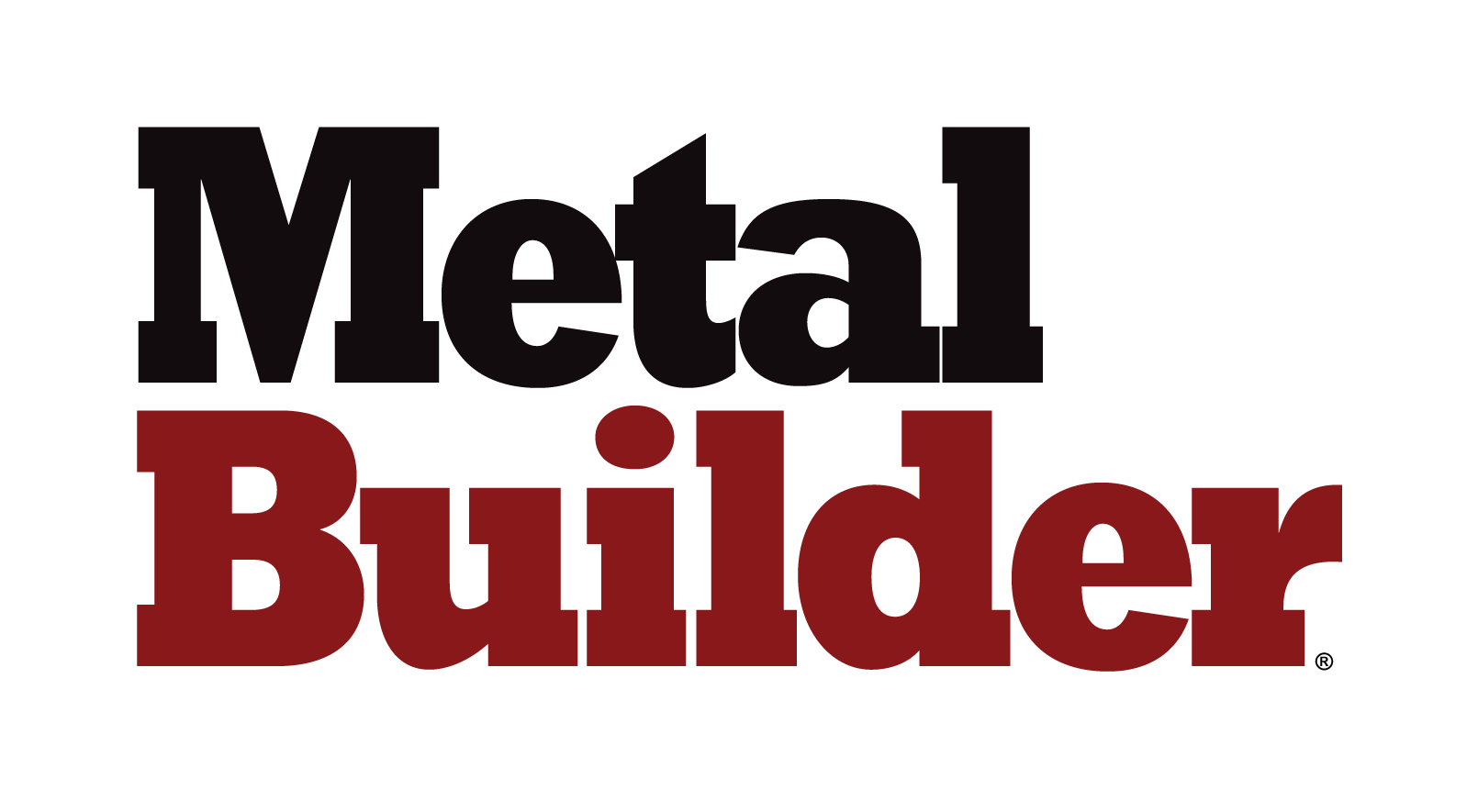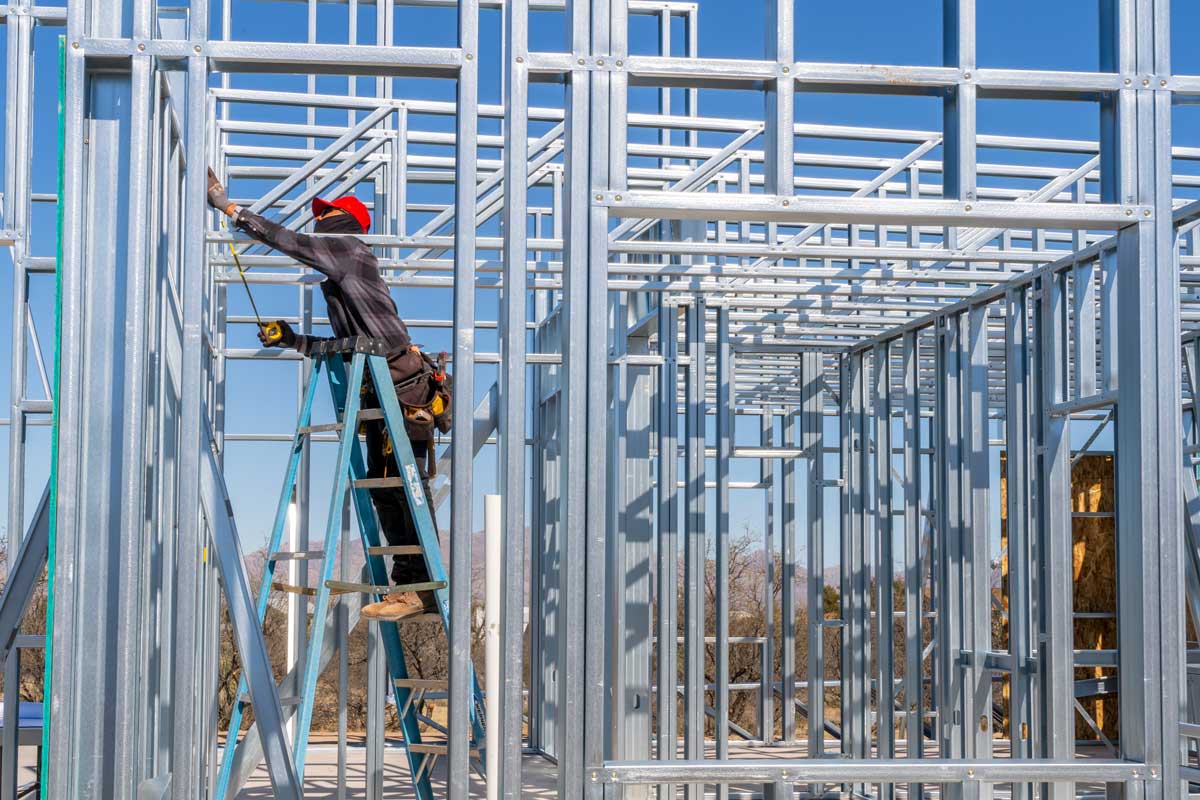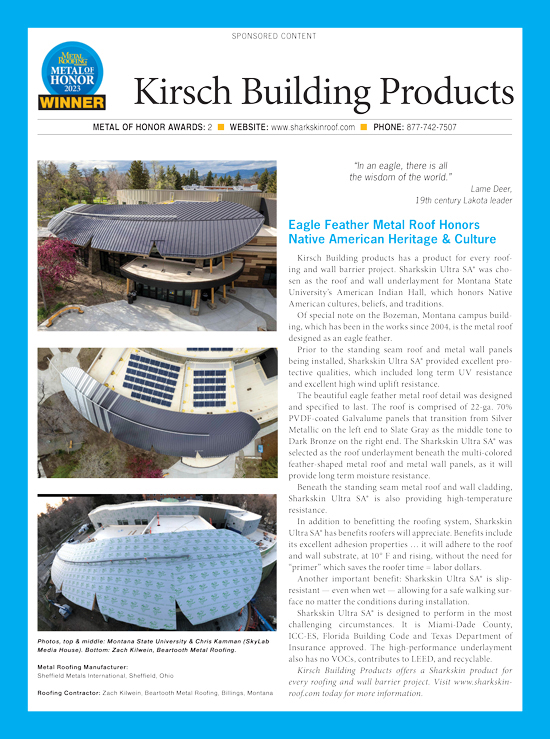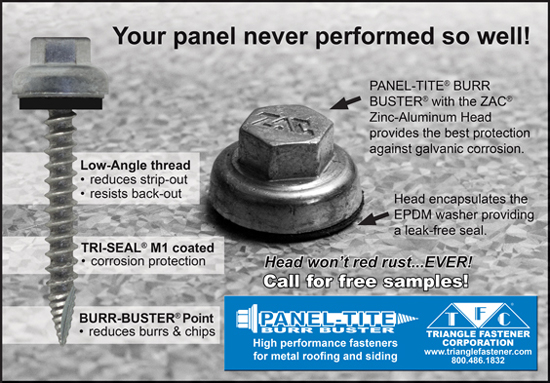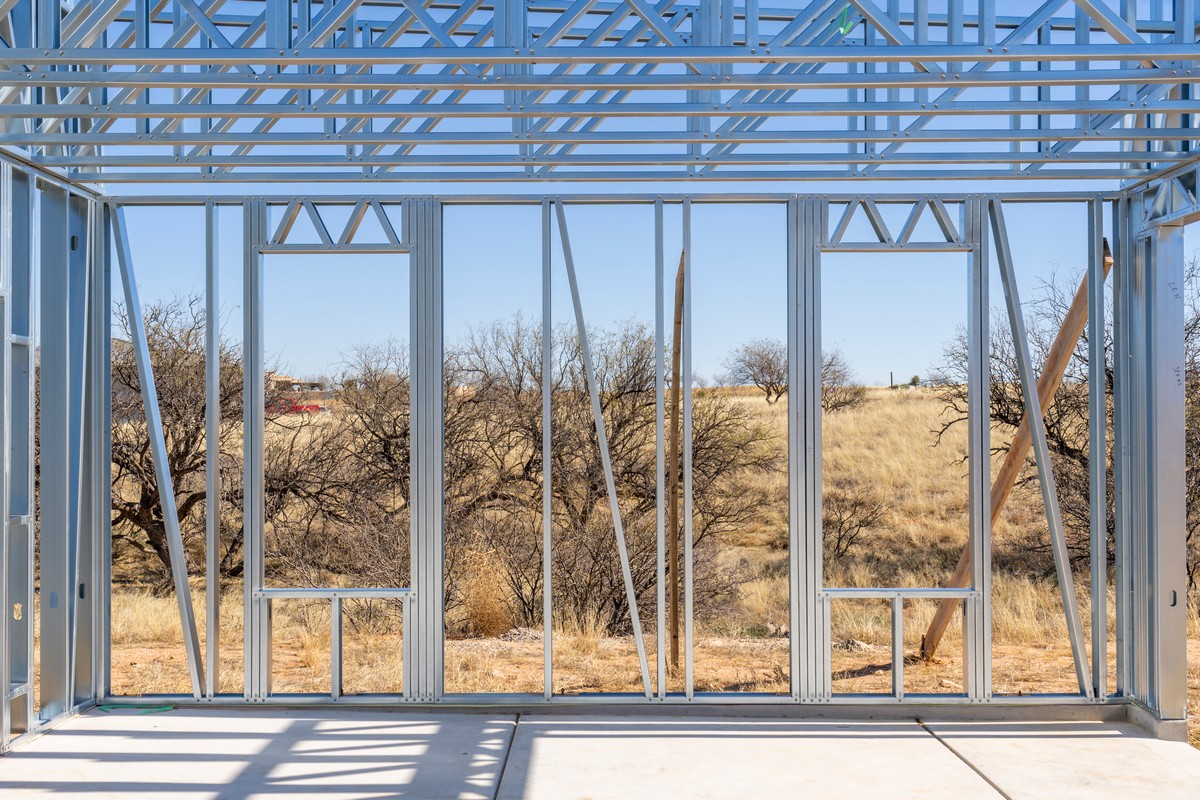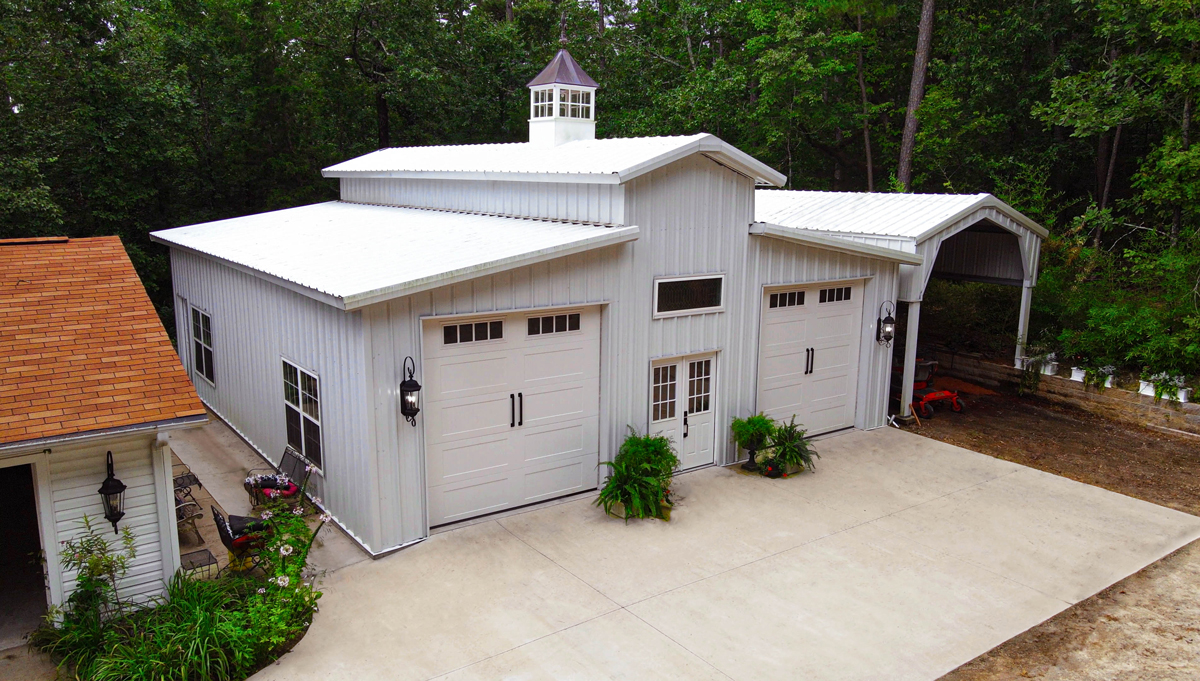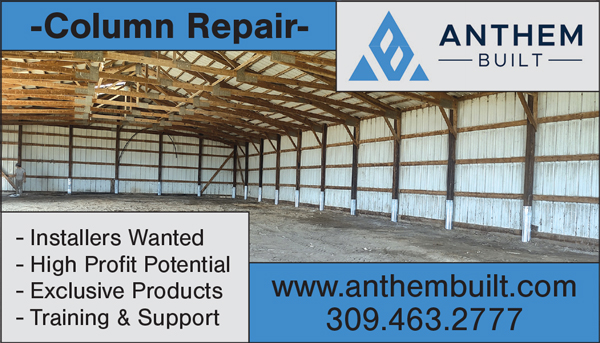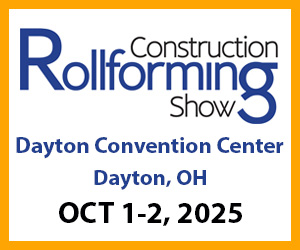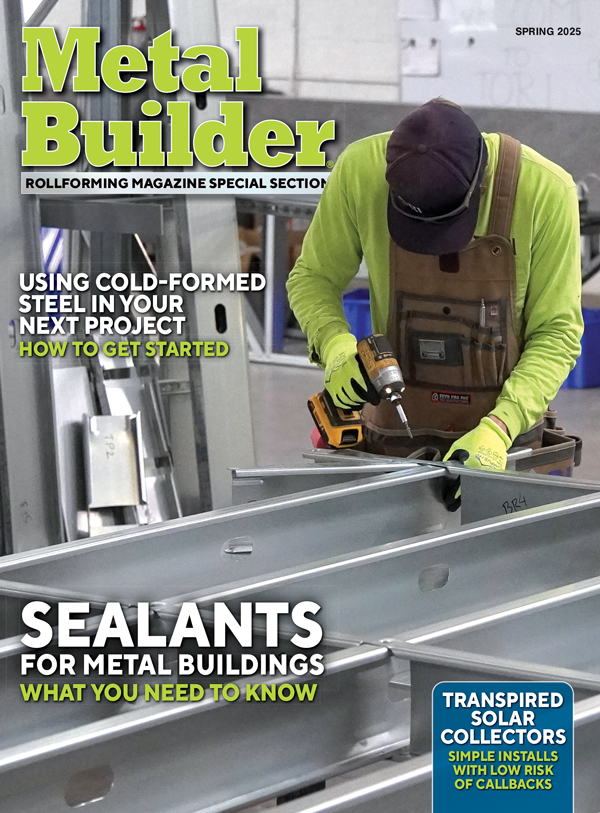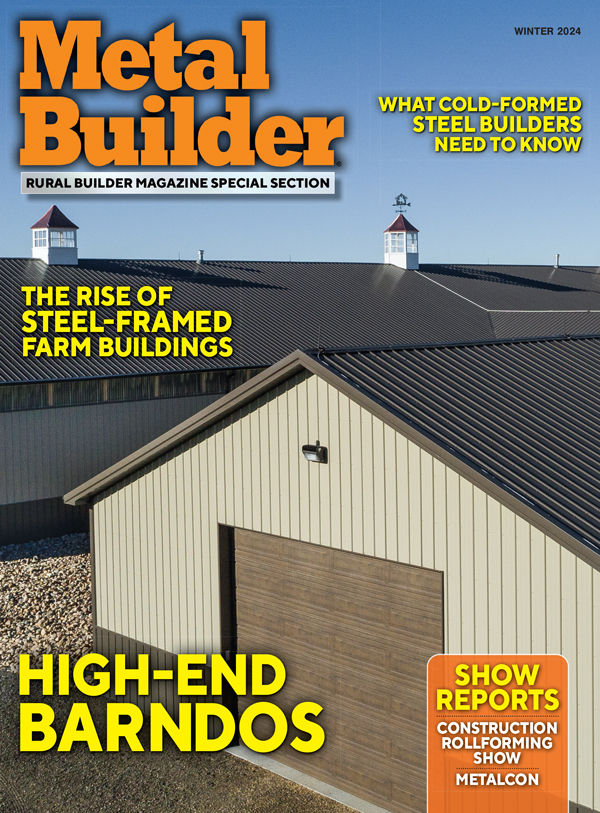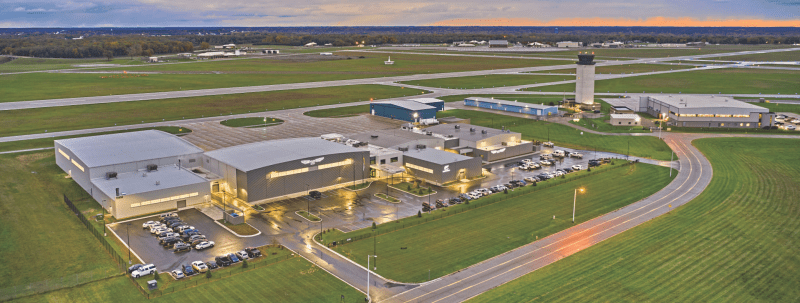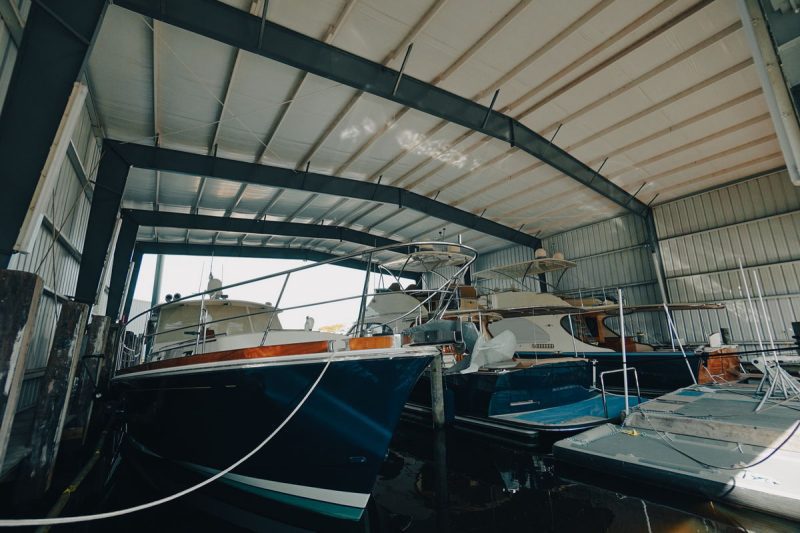Fired Up for Wildfire Resilience
The California wildfires that erupted in January burned tens of thousands of acres, destroyed more than 17,000 structures, caused over $250 billion in damage, and killed at least 29 people. In addition, more than 200,000 people were forced to evacuate.
They were California’s most destructive wildfires but far from the first, nor will they be the last. The fires have been an ongoing problem for decades. Unfortunately, it will take years, probably decades, to recover from this one.
Federal, state, and local governments, as well as insurance firms, other private businesses, and homeowners will all be shouldering rebuilding costs, so all have a stake in reducing the risks of future wildfire destruction.
The magnitude of this disaster will undoubtedly prompt a hard look at the materials used in rebuilding. While research to develop more fire-resistant building materials and practices has been evolving for generations, the improvements weren’t implemented fast enough to prevent this catastrophe.
Given Los Angeles’ prominence and influence, and that it will be at the center of the world’s attention during the 2028 Summer Olympics, the impact of the fires will remain front and center. There’s plenty of incentive to make major changes. We simply can’t afford not to.

So what’s the answer? It will require a wide range of initiatives, from introducing new building materials, methods, and codes to improving wildfire prevention and control strategies.
One major solution may be replacing wood and other combustible materials with steel. Cold-formed steel framing is noncombustible so it can play a big role in increasing fire resistance.
Interestingly, Australia has had major challenges with wildfires, too, and has responded by increasing its cold-formed steel frame construction.
Metal roofing and siding has been growing in popularity here in the U.S., partly because of its fire resistance as well as its long lifespan. Insurance companies strongly favor metal roofing because of its fire and wind resistance.
Recent technological improvements in roll forming, paints, coatings, and textures have allowed metal roofing and siding to transform from a plain, commercial look to replicating natural materials like woodgrain and stone an amazing authenticity. The topic is covered in the April 2025 issue of Frame Building News and in the May 2025 issue of Rural Builder.
Cold-formed steel and metal roofing and siding are experiencing significant growth in construction and all indications suggest that the growth will continue. It’s an exciting development in the industry and a potential gamechanger in reducing wildfire losses.
—Dan Brownell

